From ill-informed snake handlers to victims of recklessness, here are some examples of misguided love that led to injury or death!
A few months ago, I came across a post on Facebook about the sad demise of a snake rescuer who “loved snakes”. The regional daily covered the news item as follows: “the snakes never understood his love towards them and finally a snake was responsible for his death.” This got me thinking about the general reader’s perspective. What kind of love was it, anyway? Would a cobra or a Russell’s viper be happier receiving a kiss from a human? No... not at all… every interaction with a venomous snake is a potential opportunity to have a brush with death. Handling of snakes should be done as carefully as handling guns. “Be careful, do not get distracted as even a small mistake can be harmful to the handler and other bystanders,” should be the motto for all snake handlers.
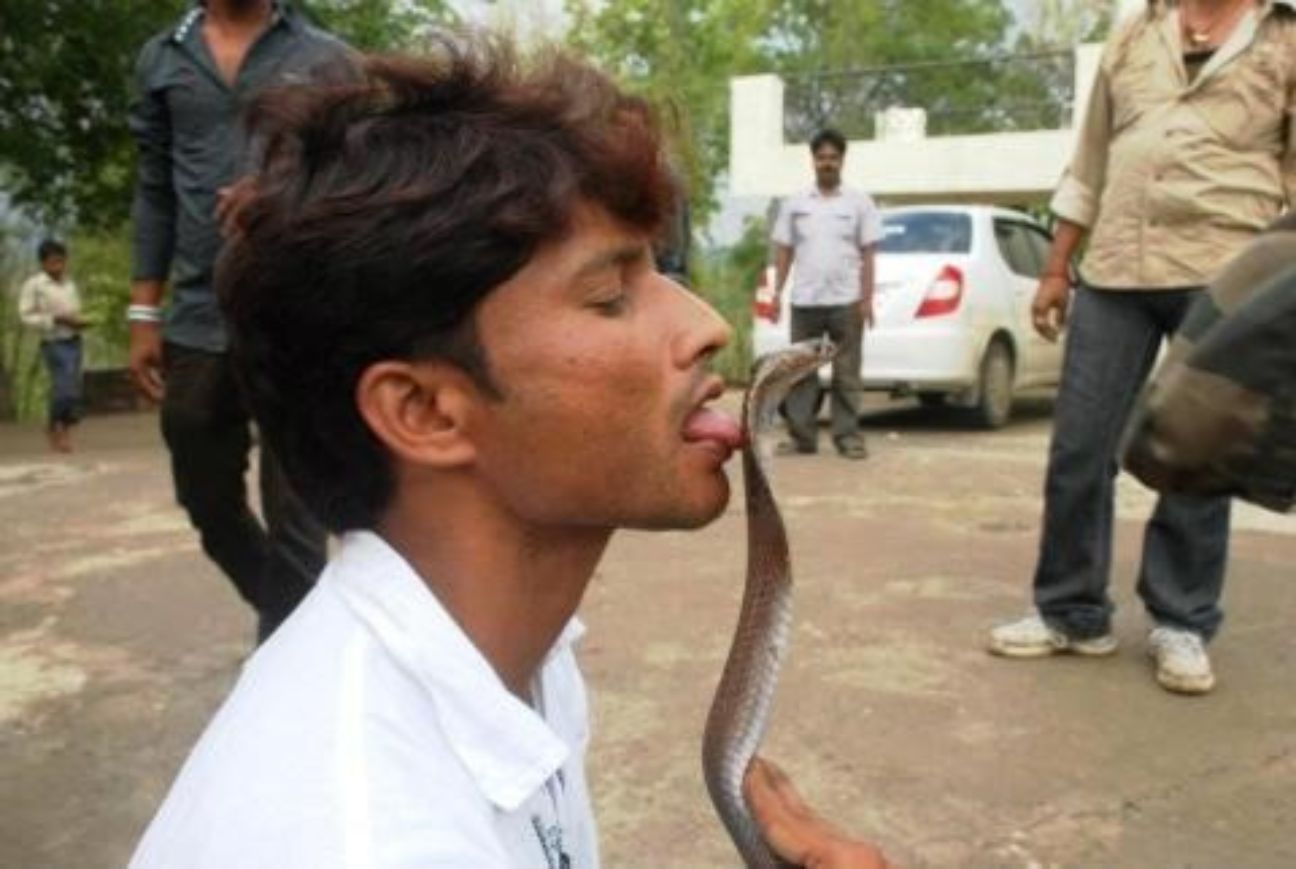
Ashwin Tarabada, a snake rescuer from Baroda (Gujarat). He was bitten on 3rd December, 2013 and died shortly after.
As an active member of the Indiansnakes.org initiative, my focus has been to start the dialogue between hundreds of snake rescuers across India who have taken to the media in search of instant fame and public attention.
In the past, a snake rescuer was an individual who most people called to remove snakes from their immediate surroundings. They were fewer and locally known through word of mouth. Today’s snake rescuer has a wider reach with social media playing a huge part in building the hype around snake handling. Anyone who poses with a snake is looked upon as a courageous hero. The venerated comments, shares and likes encourage the individual to push the envelope and post daring and potentially life-threatening pictures.
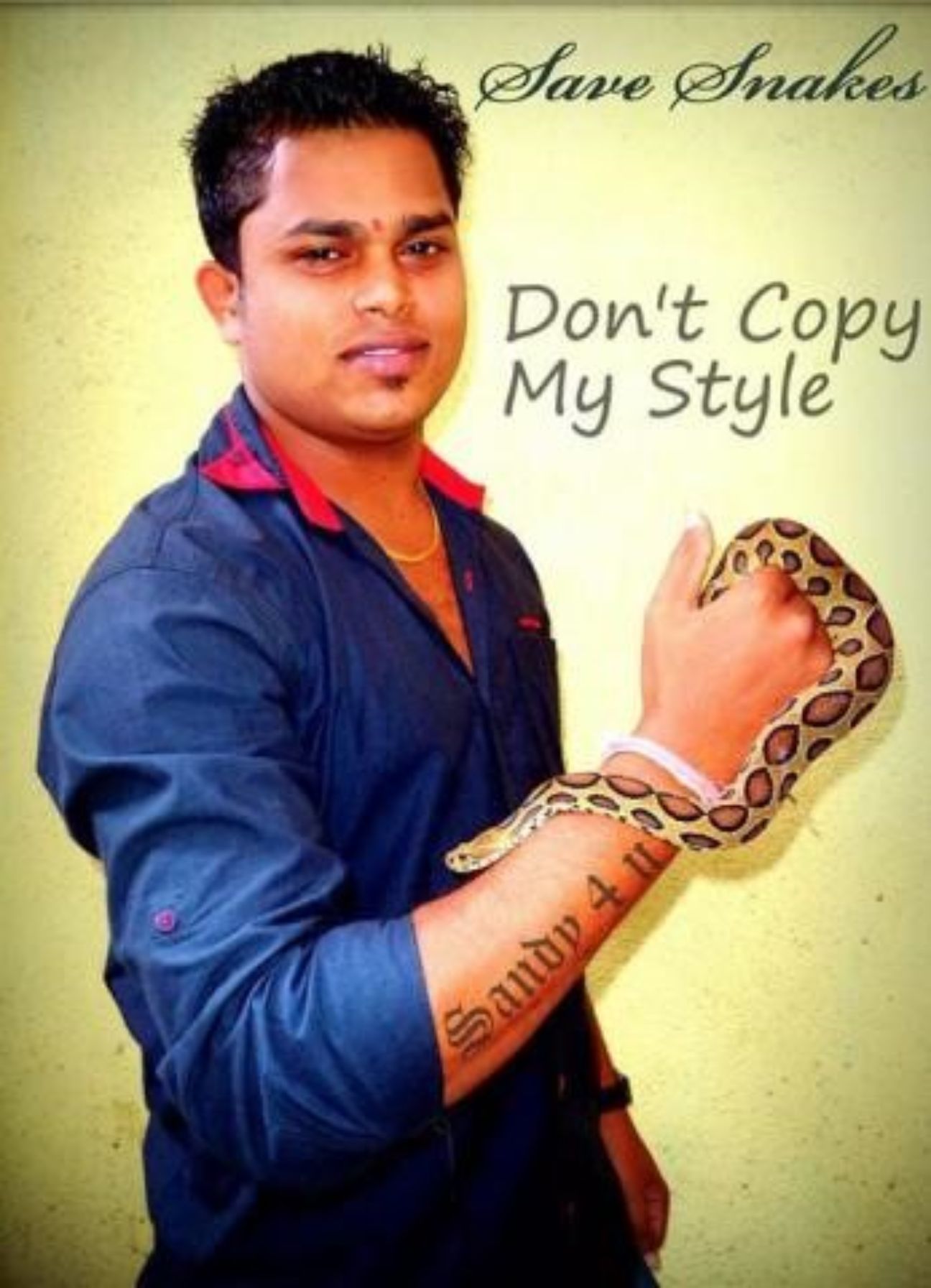
Sandip Mali from Panvel (Maharashtra) with a highly venomous Russell’s Viper.
There have been many so-called experts who have fallen prey to a venomous snakebite, and either lost their lives or suffered grotesque necrosis of the limbs or other body parts where the envenomation occurred. And yet the number of snake rescuers is swelling with each passing day.
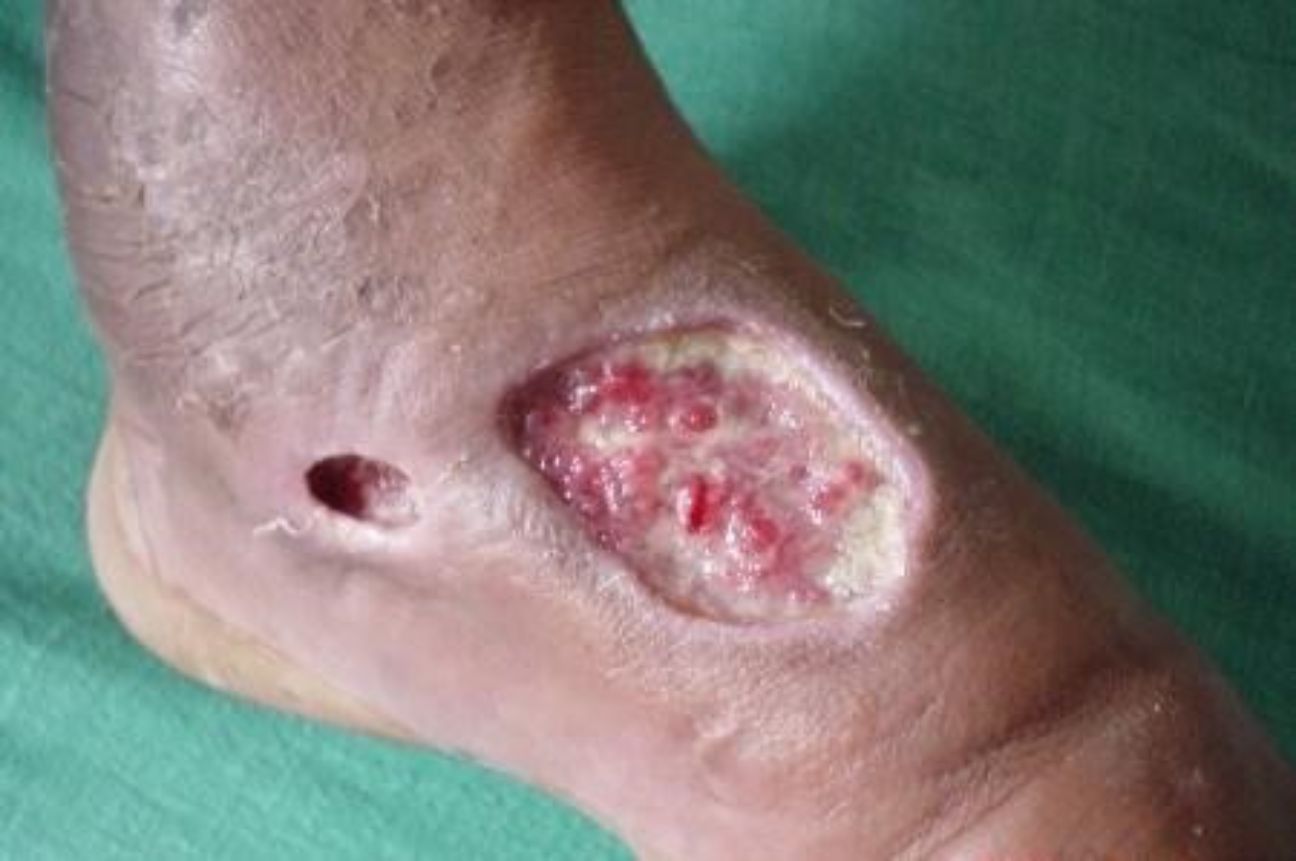
A picture of a venomous snakebite that resulted in tissue necrosis.
(Disclaimer: Picture downloaded from the internet)
As people who care for serpents and humans alike, our focus must be to initiate interlocution (dialogue) with all such individuals with misplaced ideas of snake rescue. What qualifies as a rescue situation? A scenario merits external involvement only when the position is life-threatening for either humans or the snake.
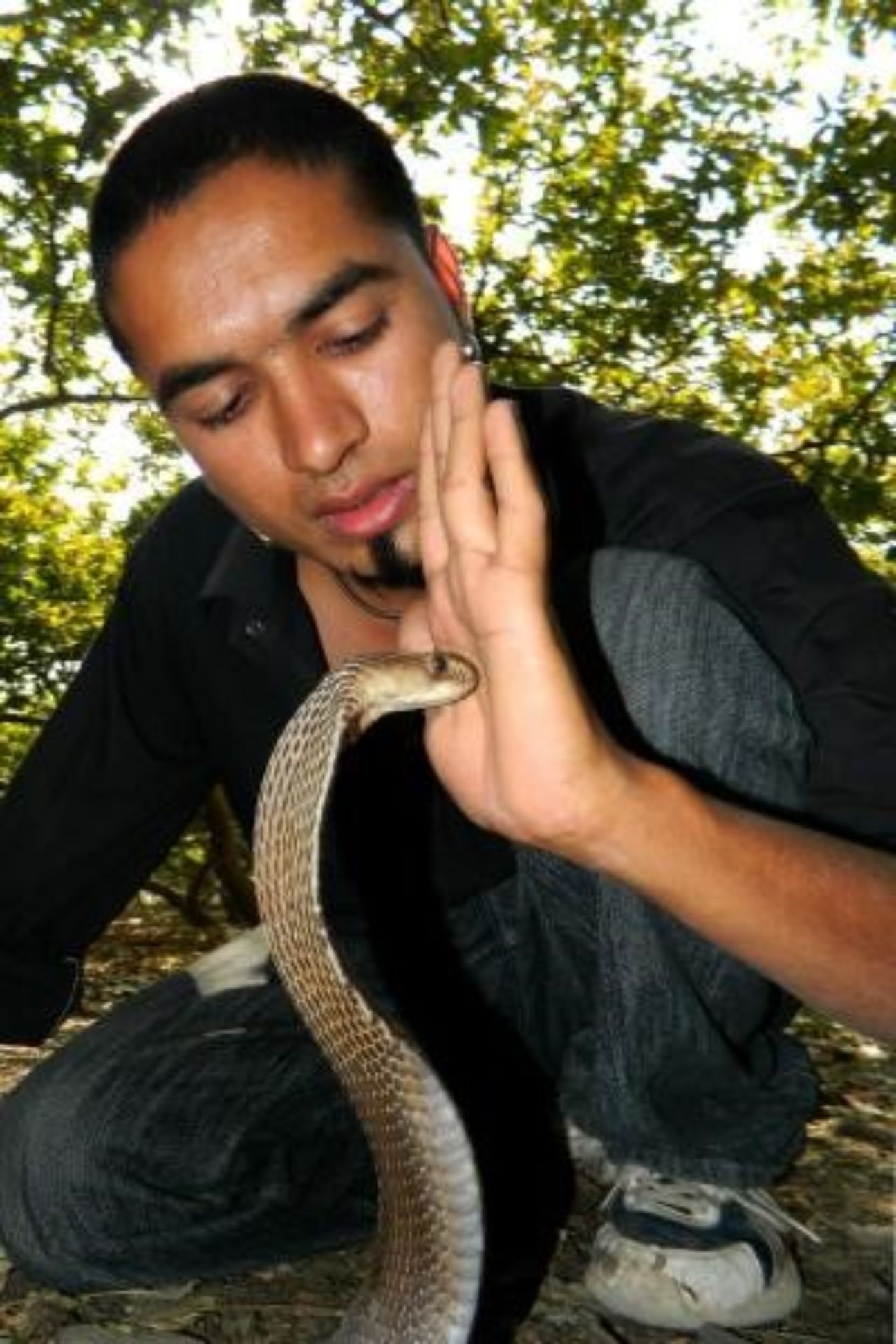
Amol from Baramati, Maharashtra.
In most cases, the snakes and other wild animals actually need rescuing from picture hungry snake handlers and wildlife photographers who can go to any extent to get the perfect shot. Right from plucking the snake from its natural habitat and placing it in an aesthetically appealing backdrop to waylaying a passing snake, catching it and calling it a rescue, people are indulging in all kinds of unethical behaviour and abusing snakes. A humongous amount of images from these snake ‘encounters’ are being uploaded at an alarming rate on social media in the name of rescue.

Amol (Snake Tufani) with four venomous adult Russell’s Vipers.
There need to be stricter laws that are promptly enforced to put an end to this social media phenomenon of brave heart rescuers. Common people like us can make a difference by reporting such behaviour to the local police station or the Forest Department. Be mindful that such acts can be stopped only when we refrain from lauding, liking, and commenting on indiscriminate snake-handling pictures. When there is a zero demand for such images, the unethical behaviour will stop.
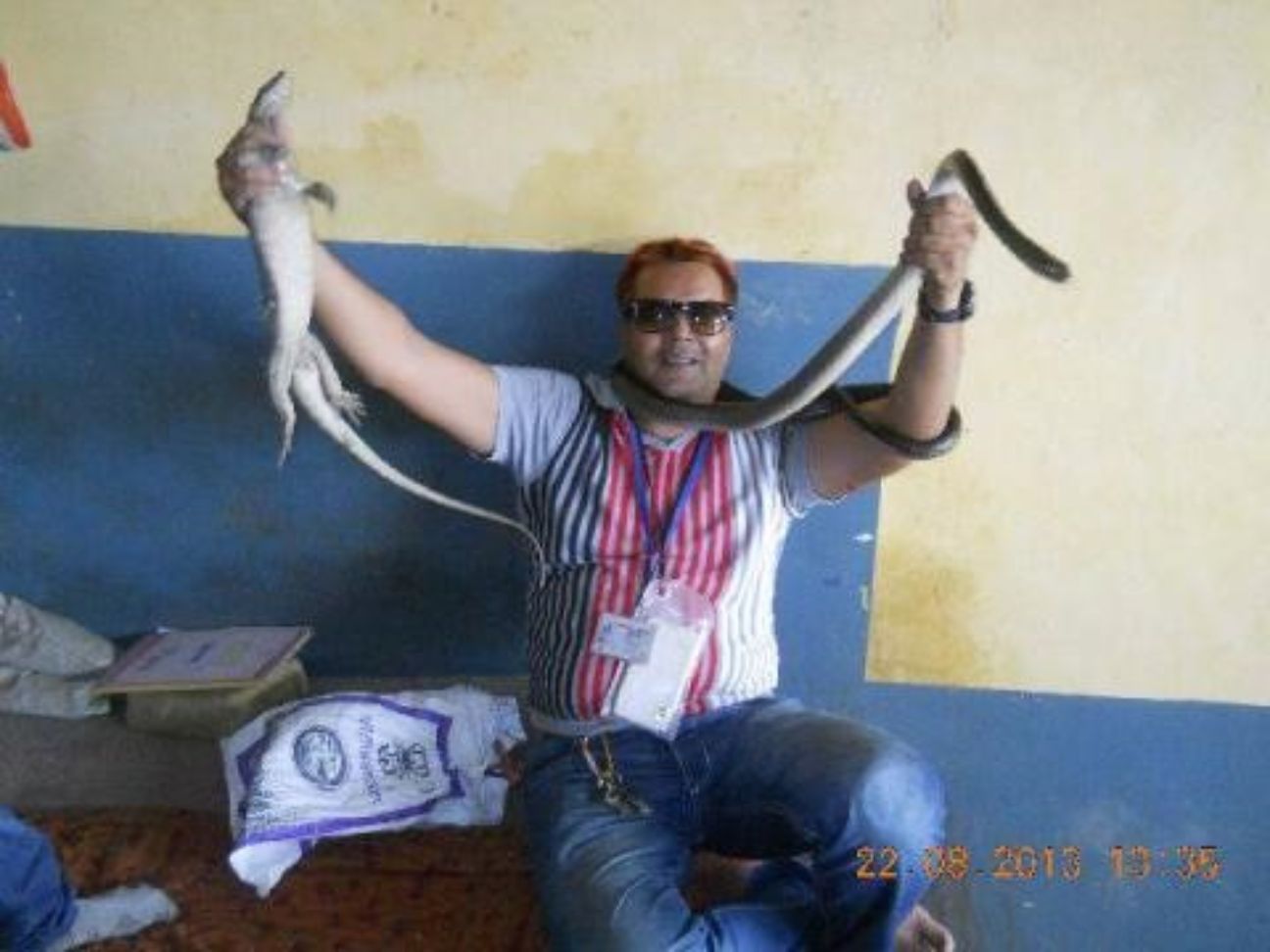
Vishnu Shringi from Kota, Rajasthan.
The instant outreach that social media offers within a matter of a few minutes has culminated in this growing tribe of snake handlers. To bring about a change, we will have to address this problem at every level, right from the viewers and applauders of adrenalising hysteria to conducting snake awareness workshops and programs at the school, college, Gram panchayat, Block development within all districts, health care centres, etc. When the demand stops, the misuse of snakes to gain instant fame shall also cease.
Indiansnakes.org is building a state level community of snake lovers, conservationists, field biologists and educators to spread awareness and advocate ethical behaviour pertaining to snake handling, rescue situation and first aid in a venomous snake-bite scenario. We believe in engaging people from all sections of society to deliberate on a common platform i.e. www.indiansnakes.org and the indiansnakes Facebook group is by far the largest snake community in Asia on a social medium.
Many snake rescuers (read stuntmen) have been falling prey to showmanship and paying with their lives. Shortly we will share a survey on the plight of the immediate families of snake rescuers who died prematurely due to snakebites. There has to be an awareness to ensure more people don’t end up in photo frames with a garland around it. At the same time, accidents do happen. There is a slim chance that even a careful and ethical rescuer may get bitten. Our aim is to work with snakes and snake people and ensure there is a synergy of outlook that changes from being an exhibitionist to a promoter of the welfare of snakes and other wildlife.
This article was first published on IndianSnakes. You can read the original article here.